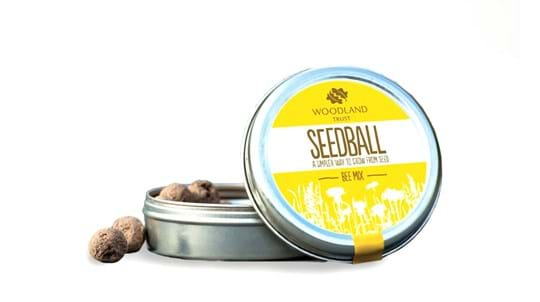
Shop
Buy wildflower seedballs
Our range is easy to grow and brilliant for birds, bees and butterflies.
External link

Content manager
Spring is full of wonder and optimism. The days are getting longer and warmer and nature is bursting with activity, with many species gearing up for a new breeding season. We can all do something to make a difference for wildlife this season, from a single simple action to an ongoing commitment, at home or further afield. Here are ten tips to give some of our favourite species a helping hand.
If you don’t have suitable outdoor space where you live, explore other options – perhaps where you work, at your child’s school or another local green space.
Influenced by the warm, sunny days and the increasing volume and variety of flowers, the air will soon be buzzing with bees, butterflies and other pollinators essential to our ecosystem and food production.
You can help them with wildflower seedballs. Easy to grow and maintain, they can be scattered anywhere - even a 30cm container on your balcony or doorstep. They can sprout in just four weeks and with 30 seeds packed into each small ball, this simple action can create a valuable stepping stone for passing pollinators. If you have more room, a pack of 20 will transform a 1m2 patch into a mini meadow that’s a magnet for bees, butterflies and other insects.

Shop
Our range is easy to grow and brilliant for birds, bees and butterflies.
External link
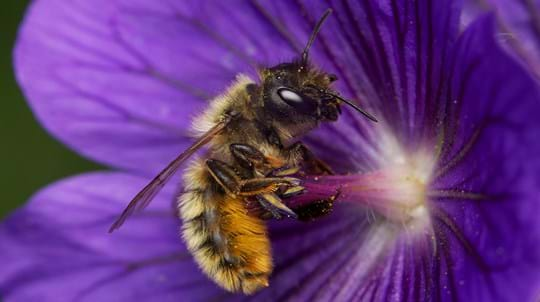
Blog
Charlotte Varela • 26 Apr 2023
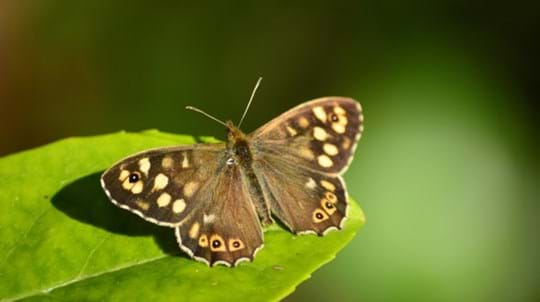
Blog
Amy Lewis • 22 Jul 2019
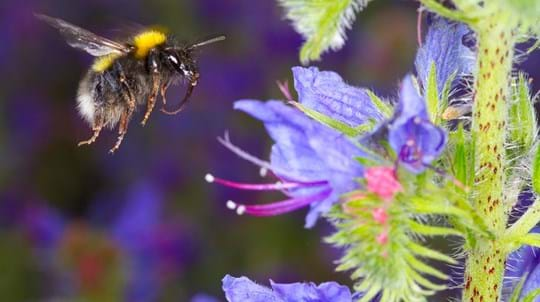
Blog
Helen Keating • 18 Mar 2019
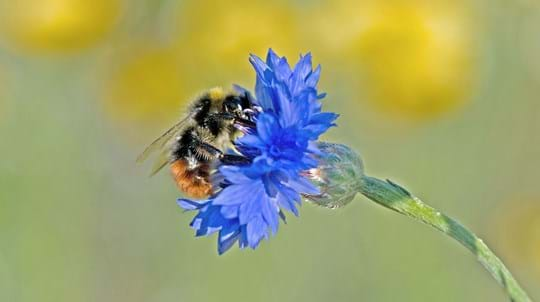
Blog
Charlotte Varela • 31 Jul 2023
Hedgehogs can travel about 2km each night.
Hedgehogs will be hungry and thirsty as they emerge from hibernation. Their priority will be getting back to a healthy weight and good condition before looking for safe nesting sites, ready to begin breeding around May. Help them hunt for worms and insects by creating a ‘hedgehog highway’ with gaps of at least 13cm x 13cm, allowing them to travel through your property boundaries.
You could also offer water and food – cat biscuits, meat-based cat or dog food or special hedgehog food. Encourage nest building by leaving sticks, dry leaves and other materials, or buy or make a hedgehog house.
Spring is a fantastic time to explore the great outdoors as nature bounces back to life and shows off all its new colours and textures. Lush new leaves stretch out among the treetops, vibrant wildflowers carpet the ground and the air is filled with the sound of scampering, buzzing and birdsong. You can help wildlife during your visit, including ground nesting birds and precious flowers, with simple actions like sticking to paths, keeping dogs on leads and taking litter home.
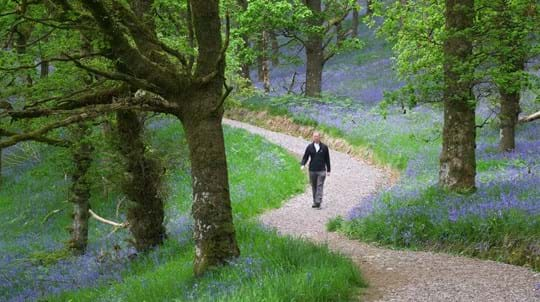
Visiting woods
Our woods are home to amazing plants and animals and they're all free for people to enjoy responsibly. Show them you care with our top tips for your visit.
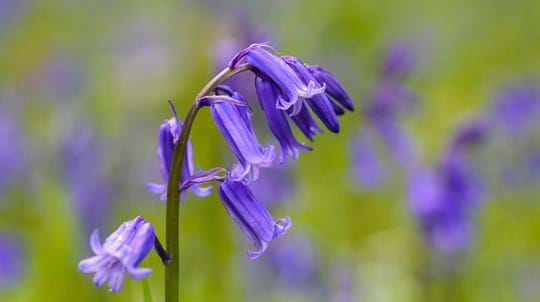
Visiting woods
Search thousands of woods across the UK and gather information on the local facilities, features, wildlife and history in the area.
Many people recognise that feeding birds can help them through tough winter conditions, but it’s equally important in spring. Early in the season, the nights can still be freezing and the natural larder remains sparse. Extra food can help restore birds to good condition for breeding and provide energy to mate, nest and raise chicks, especially if the weather is cold or wet. Newly fledged birds will likely enjoy an easy access buffet on their doorstep too.
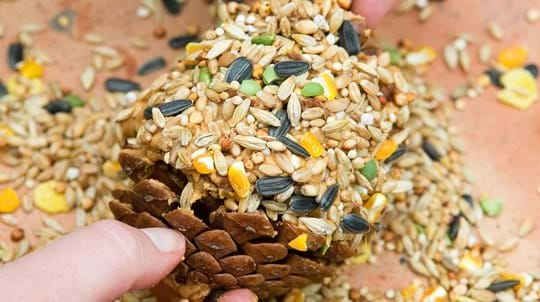
Blog
Amy Lewis • 15 Jan 2019
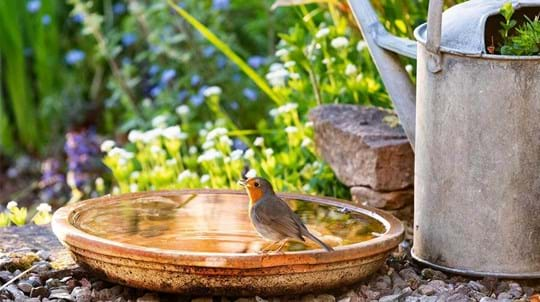
Shop
Lend nature a hand with extra food and water for our feathered friends. Discover our range.
External link
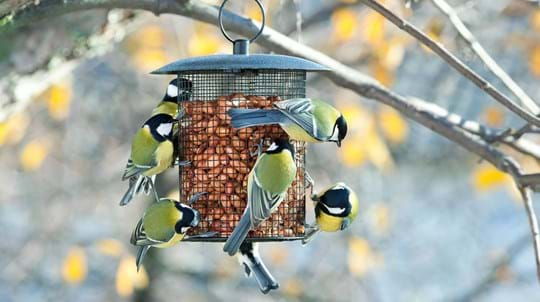
Blog
Amy Lewis • 22 Feb 2018

Blog
Hannah Vickers • 22 Jul 2020
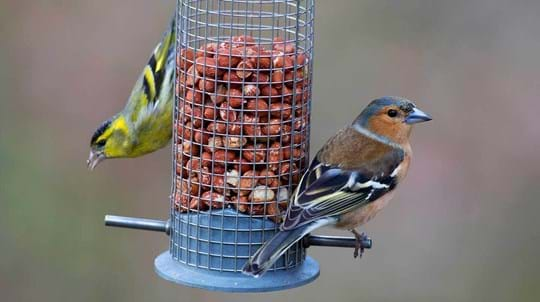
Blog
Hannah Vickers • 21 Mar 2019
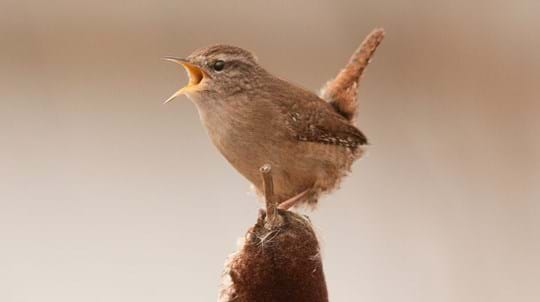
Blog
Kayleigh Jacobs-Rutter • 13 Feb 2024
With warmer and longer days, spring is a perfect time to try volunteering in our woods. Enjoy nature in all its glory and make an enormous difference for wildlife by helping us to plant and care for woods and trees across the UK. You don’t have to make a huge commitment – start small by planting trees at a one-off event. Or take on a regular role to help with monitoring wildlife, practical woodland management and much more.
Before mowing, always check your lawn for any wildlife like frogs, hedgehogs and lizards that could be harmed.
Our lawns are mini wildlife reserves and the longer the grass, the more species it houses. Insects and invertebrates are an important food source for birds and common lawn plants like clover and dandelion can be a lifesaver for bees and butterflies.
Grass grows when soil temperatures are above 6C. Our Nature’s Calendar records show that on average, UK gardeners first mow after winter on 18 March, though in some parts of the UK they may mow all year. Could you wait a little longer to make that first mow, leave an extra week or two between each cut, or even take part in Plantlife’s annual No Mow May campaign? Keep a close eye on the life in your lawn and you could be surprised at the difference.
Trees and shrubs have immense benefits for wildlife – that's why our woods are so full of life. Leaves, flowers, bark and branches are home to a whole host of species. Planting a single tree will make a difference on your patch - insects will feed on the leaves and pollen, and birds will eat those insects and may build their nests among the foliage. The right trees and plants in the right place may even attract reptiles, squirrels or bats, with a varied structure offering open and shady areas as well as food. Saplings planted now will increase in wildlife value with every spring that follows.

Shop
We have single trees and tree packs to meet your needs, from wildlife to woodfuel. Delivery is free.
External link
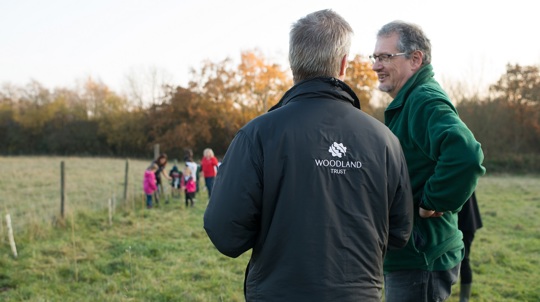
Plant trees
Thinking of planting trees, but need some help? Explore advice on choosing the right tree species, location, how to plant and aftercare.
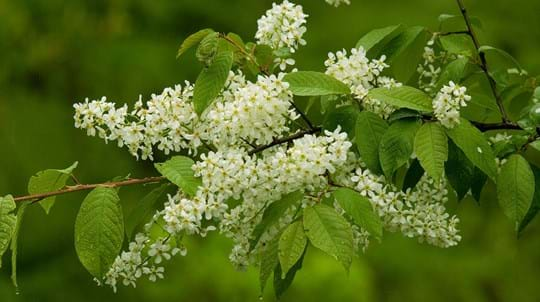
Blog
Helen Keating • 08 Nov 2021
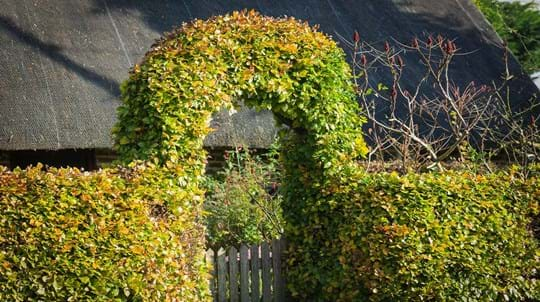
Blog
Helen Keating • 23 May 2023
Spring is peak bird breeding season. As well as offering places to nest – in trees or nest boxes – you can lend a helping hand with building supplies for their new home. Different birds use different construction methods and materials, so try to offer a selection in small piles or packed loosely in hanging bird feeders. Useful items include twigs, leaves and other plant debris from pruning, moss raked from the lawn, feathers and straw. Swallows, house martins and blackbirds use mud to build their nests, so a muddy puddle or pond edge could entice more visitors too.
If you have space, a pond can make a world of difference for wildlife – it can be a priceless drinking and bathing spot for birds, bats, dragonflies and mammals. Frogs may even move in during the first year. A pond needn’t be big or over-complicated – you can use a half barrel, large plant pot or even a washing up bowl, as long as animals can get in and out safely. Whether you sink it into the ground or keep a container on the surface, choose an aquatic plant or two to go inside the pond, put plants around one edge for cover and shade and fill with rainwater. Don’t forget to make a sturdy entry and exit point with wood, bricks or stones, including from the deepest point in case any animals slip all the way in.
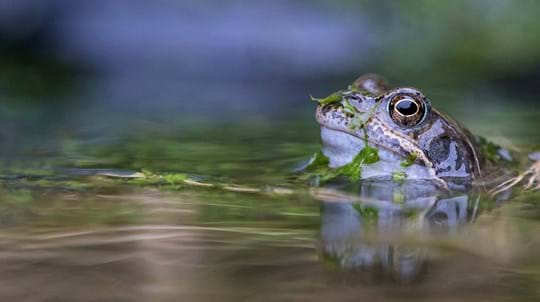
Blog
Charlotte Varela • 19 Mar 2024
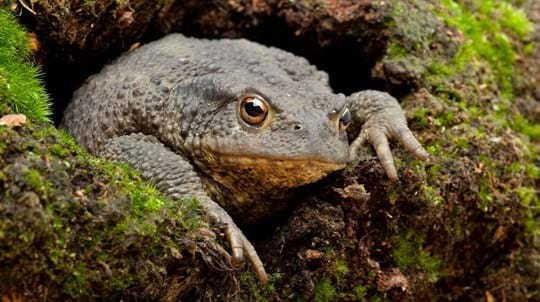
Blog
Charlotte Varela • 23 Feb 2024
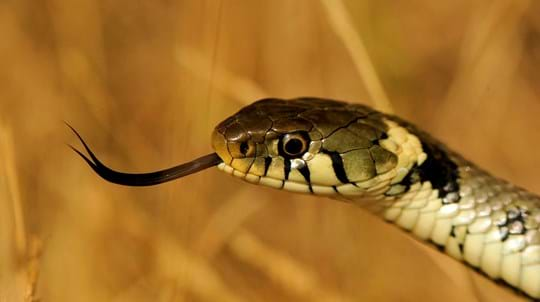
Trees woods and wildlife
Explore more about these cold-blooded creatures that live along woodland edges, glades, ditches and ponds.
Please don't take fallen logs from woods - decaying wood is an essential part of the woodland ecosystem. Ask neighbours, friends or even local tree surgeons instead.
Boost biodiversity in your outdoor space with a log pile. Placed in a quiet, shady area, the nooks and crannies will provide smaller species with refuge from hot spring and summer sunshine as well as a safe spot to hibernate when winter comes. Packed with woodlice, spiders, beetles and centipedes, it will prove an irresistible hunting ground for hedgehogs, frogs, toads, shrews and birds too.
Log piles are easy to make and can be tailored to your space – large or small, a natural looking stack or well-designed feature. Just one or two logs can make a difference – you can even stand them vertically in planters. Bury logs a little way into the soil as this keeps them damp and helps attract more species.
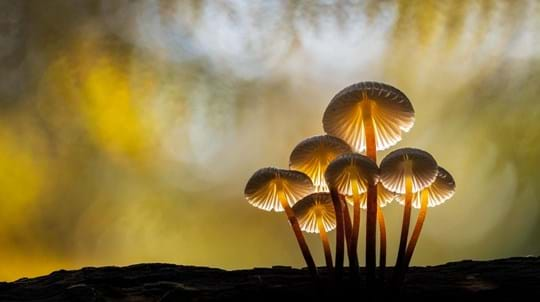
Trees woods and wildlife
Dead and decaying wood is one of any woodland's most important microhabitats. Learn more about why we need more of it, as well as the rare and endangered beetles, colourful fungi and other threatened wildlife that relies on it.
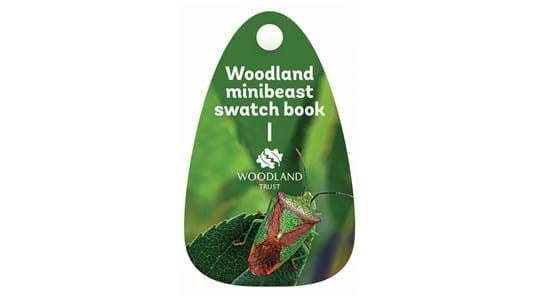
Shop
Explore woodland creepy crawlies. From bugs and beetles to snails and spiders.
External link
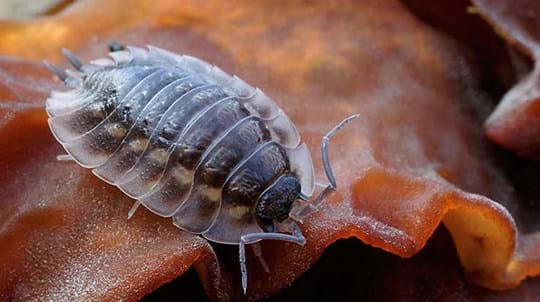
Blog
Danielle Wesley • 13 May 2019
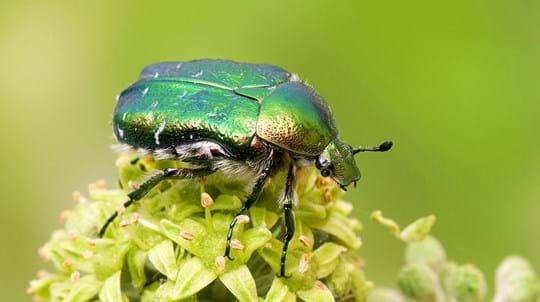
Trees woods and wildlife
Get the lowdown on woodland beetles that rely on trees and the woodland ecosystem, from decaying wood to dead animals.
Give garden wildlife food and shelter with our ready-made habitats and feeders.
Shop the range